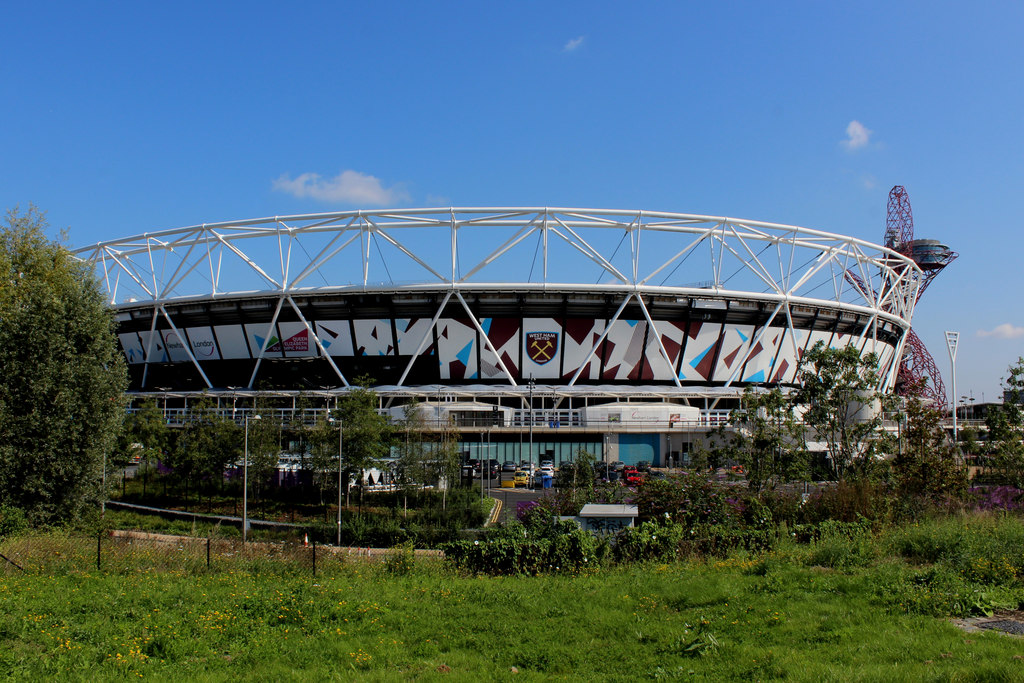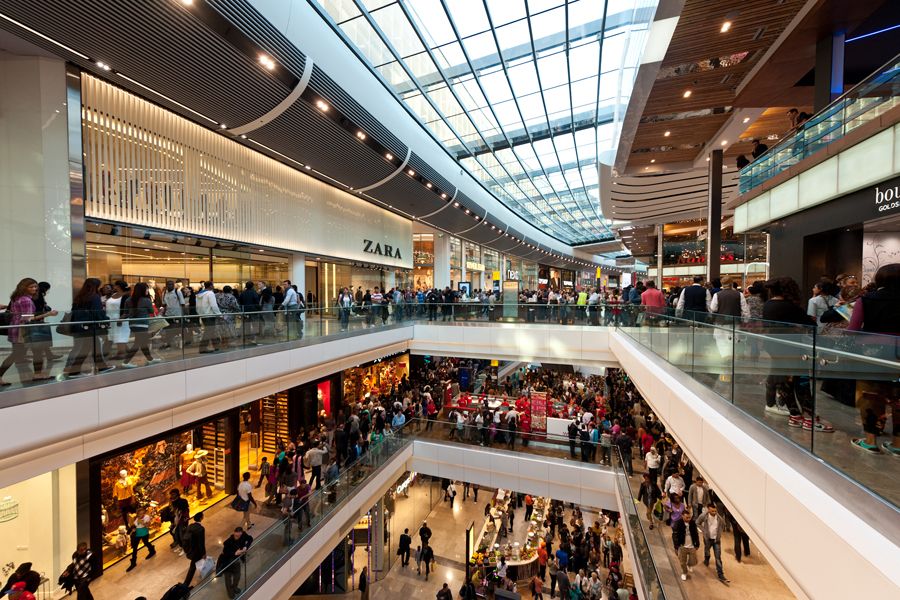A guide to renting a shop in East London
Considering renting a shop in East London? Here’s what you need to know.
North east of the historic City of London, East London consists of the boroughs of Barking and Dagenham, Hackney, Havering, Newham, Redbridge, Tower Hamlets, and Waltham Forest.
East London has a history deeply rooted in industrialism, developing as the Capital’s docklands. As railways became more prevalent, growth into the ‘East End’ was encouraged and East London saw the growth of a number of suburbs.
Nowadays, East London’s industrial centres are often at the heart of regeneration programmes, with Canary Wharf a gleaming example of this.
Attractions
East London provides an eclectic mix of old and new, and its markets are a prime example of this. Brick Lane, Old Spitalfields, and Petticoat Lane are all areas with a deep history, but nowadays play host to a number of independent vendors. Shoreditch is an example of a highly modernised area of East London, famous for its nightlife and home to schemes such as BOXPARK.
History lovers have plenty to do in East London, too. The Museum of London Docklands is a 200-year old warehouse which details the history of the East End, while the more morbid of us may enjoy trips to the Tower of London or Whitechapel’s Jack the Ripper Tours.
East London is also home to a number of football clubs, including Premier League regulars West Ham United. They are joined by the likes of Charlton Athletic, Millwall FC, Leyton Orient, and Dagenham and Redbridge. Fans of athletics may also be enticed by a trip to Stratford’s Queen Elizabeth Olympic Park.

Demographics
It’s important to research demographics before renting a shop. East London hosts the largest population of the metropolitan areas in the capital. Home to the University of East London and a number of colleges, East London is home to a sizeable student population.
As of 2021, half of East London’s population identified as black or minority ethnic, while 38% were not born in the UK. As a result, East London’s cultural makeup takes inspiration from a number of backgrounds.
Tourism is regarded as the fastest-growing industry in the country, and with over half of inbound visitor spend accounted for in London, retailers will never be short of footfall. An estimated 49 million people visit Canary Wharf each year, while the Tower of London can expect to see some 3 million tourists annually.
Transport
London is the UK’s best connected city, both internally and to the rest of the country.
South London benefits from TfL‘s underground and overground rail systems, as well as London’s extensive bus system. There are 42 tube stations in East London.
Shopping centres
East London is home to to the 1.9m sq ft Westfield Stratford City, one of Europe’s largest shopping, retail, dining and entertainment destinations. Westfield Stratford city contains over 350 stores and over 80 places to eat and drink, as well as the UK’s largest All Star Lanes bowling alley, a 20-screen Vue cinema and London’s largest Casino.

The scheme also plays host to three hotels, 1,000 student flats, and Grade A office space. Current developments underway at Westfield Stratford City include the construction of Cherry Park, a mixed-use residential site, adding a further 1,200 homes and some 1.1m sq ft of office space.
The iconic Canary Wharf has also cemented itself as a prime mixed-use destination in East London. Over 940,000 sq ft of space contains more than 300 shops, bars, cafés, services, and other amenities at the highly modern scheme, which is becoming an increasingly attractive place to visit for local and tourist alike.
Less rowdy parts of East London are home to smaller retail parks, such as Leyton Mills Retail Park, an out of town destination home to a B&Q, Sports Direct, and TK Maxx amongst others.
Other retail parks in the area include Beckton Triangle Retail Park and Gallions Reach Shopping Park, both based in Beckton, Newham.
Costs
Although renting a shop in Central London is more expensive than in any other UK city, at £49.64 per sq ft per year (on average), rents in East London are unlikely to be as high as in its central and western counterparts.
It’s important to ensure your rent fits your budget. You can do this by calculating the percentage of your income that will go towards it. Retail businesses typically spent 5-10% of their income on rent.
Business rates are another important factor to consider. This is a tax on non-domestic properties, calculated using the property’s rateable value. You can find detailed information and calculate your business rates here.
Fitting out your shop can also be costly, especially if you are a first-time shop owner. The average costs of a shop fitting per square foot in the UK are:
- Low specification – £60 per sq ft
- Medium specification – £90 per sq ft
- High specification – £140 per sq ft
Be sure to get quotes from the various tradesmen and specialists you may need so you can compare and get the best deal. Buying from second-hand sites can also help you save money. Additionally, consider essential services such as water, gas, electricity, internet and insurance. Look around to find trustworthy and competitive suppliers. You can read more tips on opening your first shop here.
Agents with London offices
Population
2,826,900
Properties in London on Completely Retail
???Find shops to rent in East London here.